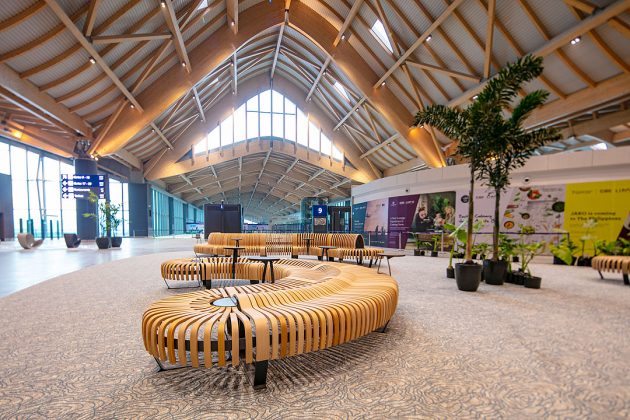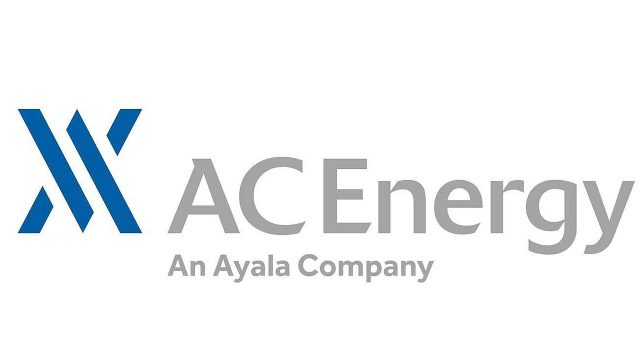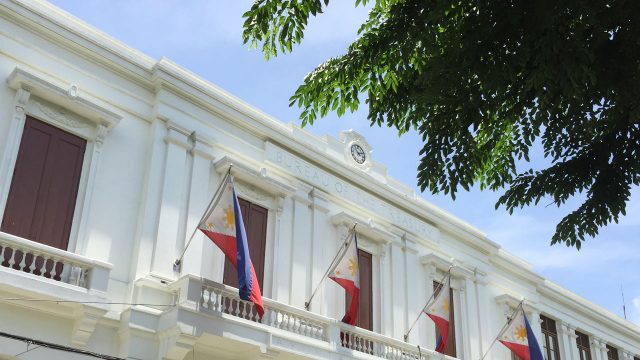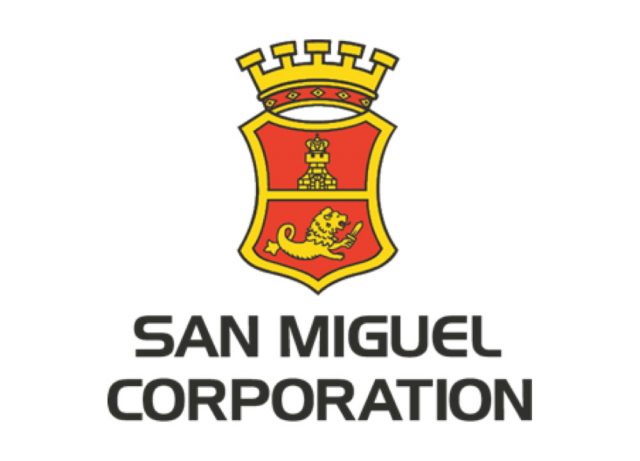By Brontë H. Lacsamana
THE DEPARTMENT of Science and Technology-Philippine Council for Health Research and Development (DoST-PCHRD) shared ongoing “omics” studies that focus on Filipino health issues, from genetic profiles of familial dementia to gene mutations in colorectal cancer to biomarkers of gestational diabetes mellitus (GDM) in pregnancy, with the aim to tailor health guidelines and policies specifically for the Filipino genetic makeup.
“Omics” — an umbrella term for genomics, transcriptomics, proteomics, lipidomics, metabolomics, and other related fields —involves analyzing genomes or genetic material, which could be helpful for Filipino-specific health technologies, according to DoST Secretary Fortunato T. dela Peña, who opened DoST-PCHRD’s health research and technology press conference this August. More research could bring a wealth of information vital for developing personalized medicine and ways to prevent, diagnose, manage, or treat diseases.
“From 2013 to 2020, investments in research and development (R&D) provided by DoST-PCHRD for omics projects stand at P995 million. This includes the Philippine Genome Center (PGC) and its satellite facilities that provide high quality and ultra-modern sequencing and analytical services to the Philippine scientific community,” said Mr. Dela Peña
One such study filled the gaps in understanding GDM, a type of diabetes that occurs in pregnant women. Despite going away at the end of pregnancy, GDM can have serious repercussions. Identifying early biomarkers for the condition could help formulate future programs for pregnant Filipinas, said Dr. Maria Ruth B. Pineda-Cortel, of the Department of Medical Technology at University of Santo Tomas.
“Mothers will be at higher risk for type 2 diabetes, hypertension, obesity, and other metabolic diseases. The baby, if female, can have high tendency of GDM when pregnant later on. If male, he can have a higher risk for type 2 diabetes,” she explained, urging better information dissemination regarding research findings.
RESEARCH TO POLICY
Genomics studies are long-term investments since results can take up to a decade before being usable in policy making, due to the amount of rechecking and continuous sampling required, said Dr. Pineda-Cortel.
She raised concerns that many other researchers in the conference shared: the length of time needed for these studies, along with the commitment to funding and multisectoral collaboration.
Headway has been made on a DoST-PCHRD-funded study that detected gene mutations in Filipino colorectal cancer patients and found ethnicity-specific nuances that can affect how diagnostic tests and therapeutic technologies are made.
“We’ve progressed beyond sequencing genes implicated in colorectal cancer. That’s half of the project. The other half is determining the consequence of that mutation,” said Dr. Reynaldo L. Garcia, a professor at the National Institute of Molecular Technology and Biotechnology of University of the Philippines Diliman, on the amount of work that still needs to be accomplished. “For example, there are biomarkers that, when detected, can mean a person can’t be given a certain type of drug.”
The Department of Health, which is responsible for procuring medicines, could benefit from knowing which ones are more effective or not effective, he added.
Meanwhile, studies on familial frontotemporal dementia, a neurodegenerative disease that is shared within Filipino families, can debunk the idea that nothing can be done once a person has the genes for dementia by analyzing the interplay of genetics and the environment, according to Dr. Jacqueline C. Dominguez, head of the Memory Center at St. Luke’s Medical Center.
“It takes long to plow the field for doctors and other health practitioners to eventually accept and use these for their patients,” she said, on how long it may take before her familial aggregation study affects the development of new technologies.
INVESTING IN THE FUTURE
The country has to invest in technologies that may not seem urgent, according to Rowena Cristina L. Guevara, DoST Undersecretary for Technology and Development. PGC, crucial for its role in detecting coronavirus variants in samples, was established in 2012 — nine years before the pandemic upended the world.
Aside from the P995-million funding for omics projects, according to Mr. Dela Peña, there are many other R&D initiatives that aim to forward innovations in science and technology in the Philippines. Among them is DoST’s Science for Change program that hopes to develop scientific research efforts.
“R&D projects have a long gestation period. We can’t know the problems in the future that we’ll be unable to solve if we didn’t invest in the first place,” said Ms. Guevara.



























